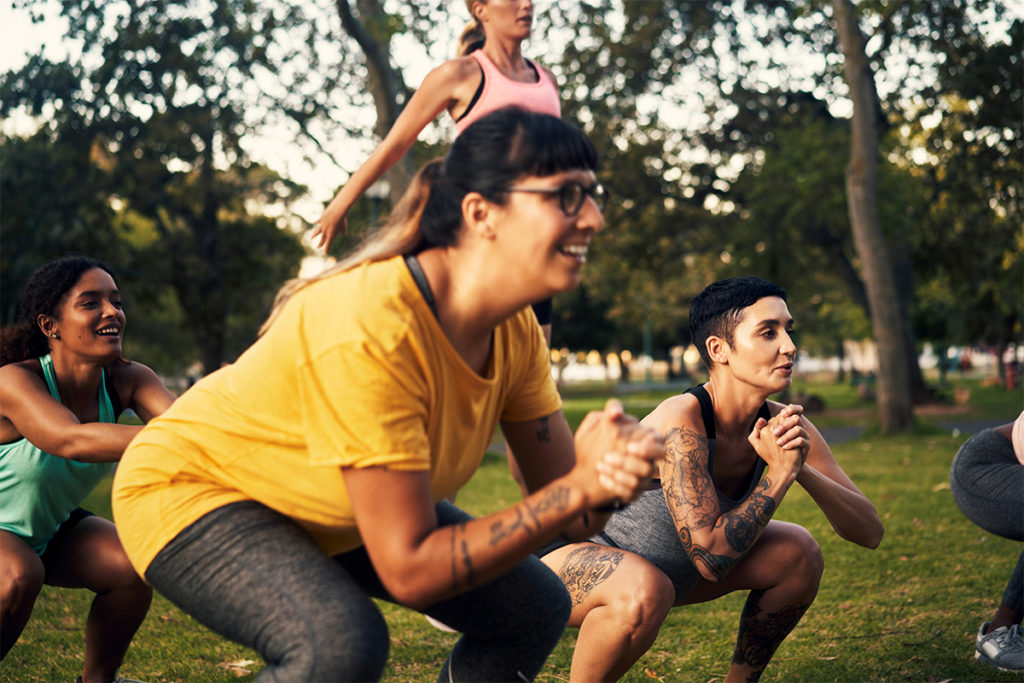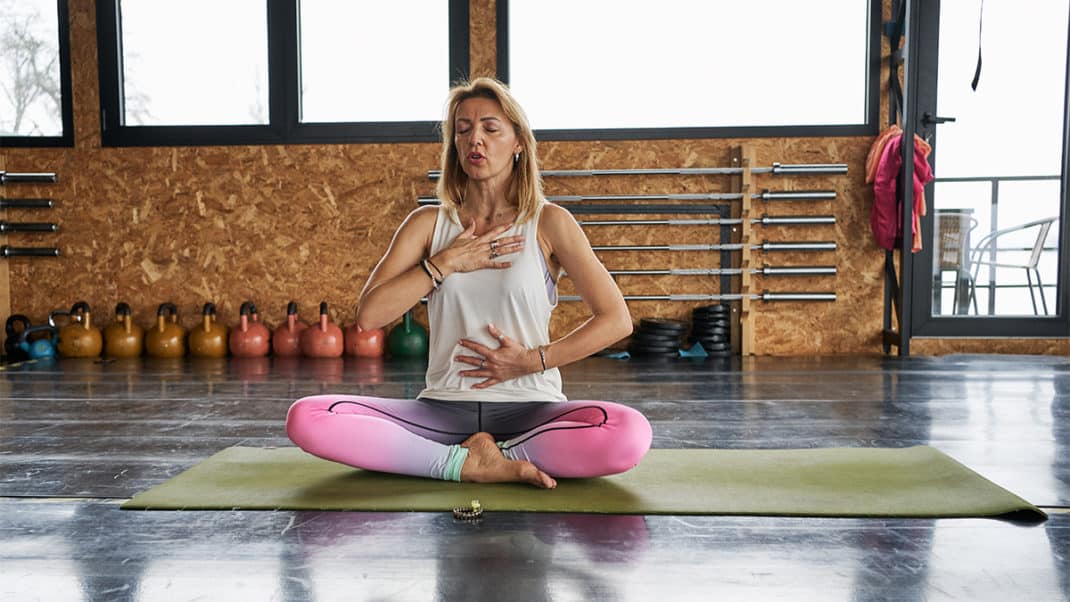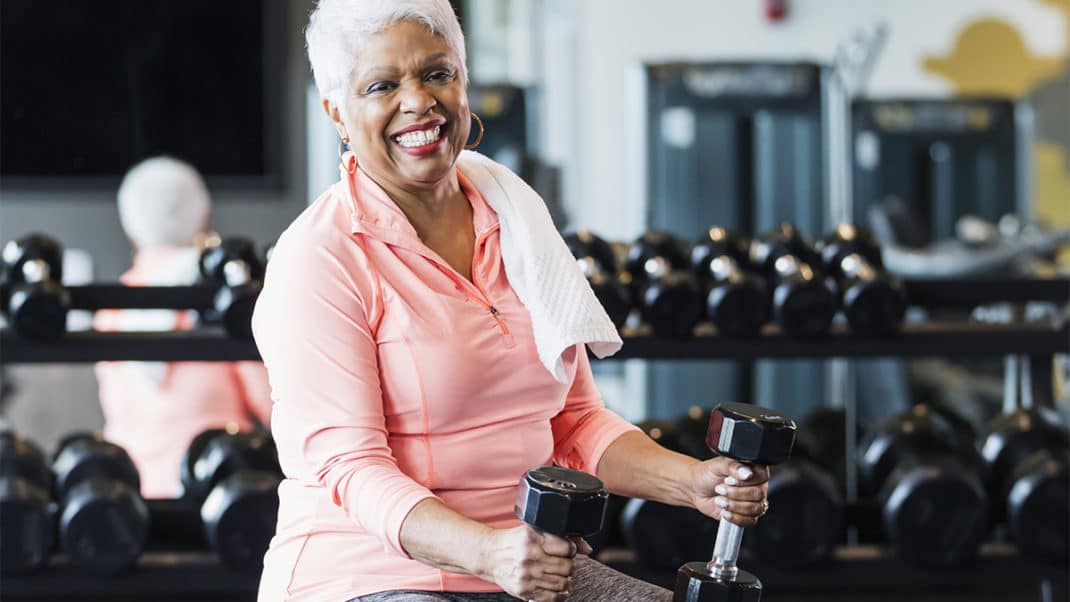Getting Started with Functional Fitness
A Simple Guide to Moving Better Every Day

If you’ve ever wished your workouts made daily life feel easier—like lifting groceries, climbing stairs, or playing with your kids—then functional fitness might be exactly what you’re looking for. This style of training is all about making your body better at real-life movement, not just looking good at the gym.
What Is Functional Fitness, Really?
Functional fitness trains your body to move the way it was built to move. Instead of isolating one muscle at a time, like a biceps curl, you’ll train multiple muscle groups together—think squats, lunges, or carrying something heavy. These movements are meant to mirror Activities of Daily Living (ADLs) like walking, bending, reaching, or getting up off the floor.
The goal? Fewer aches, better balance, and more energy for life outside the gym.
How to Start: Simple Functional Moves
You don’t need fancy equipment to get started. These basic moves form the core of most functional routines:
- Squats – Helps you stand up from a chair or pick something up safely
- Lunges – Builds strength and balance for walking or climbing stairs
- Push-ups – Trains upper body strength for pushing movements
- Deadlifts – Mimics bending to lift something off the ground
- Step-ups – Great for improving leg strength and coordination
- Farmer’s Carries – Grab two weights and walk to train grip, posture, and core strength
You can start with bodyweight versions of these exercises and add resistance as you get stronger.

Equipment (Optional but Fun)
If you want to level up, try incorporating:
- Resistance bands – Great for strength and stretching
- Kettlebells – Perfect for dynamic, full-body moves like swings
- Suspension trainers – Use your own bodyweight for stability and strength
- Balance tools – Bosu balls or balance pads challenge your core in new ways
But remember: your body is your best tool, especially if you’re just getting started.
Why It Works
Functional training improves strength, balance, flexibility, and coordination all at once. That’s why it’s used in physical therapy, athletic performance, and active aging programs. You’ll build muscle in ways that support your posture, protect your joints, and reduce your risk of injury.
According to the Mayo Clinic, staying mobile and strong enough to perform ADLs is key to staying independent as we age (Mayo Clinic, 2022). Functional fitness helps make that possible.
Pro Tips to Keep It Safe and Smart
- Start slow. Focus on form before increasing weight or speed.
- Mix it up. Combine strength, cardio, balance, and mobility.
- Rest matters. Give your body time to recover and adapt.
- Listen to your body. Soreness is okay—pain is not.
If you’re new to working out or have an injury, consider working with a certified personal trainer who specializes in functional movement.
What’s Next?
Once you’ve got the basics down, functional fitness can grow with you. It blends well with other modalities like yoga, mobility training, or even martial arts. And with smartwatches, fitness apps, and YouTube tutorials, there are plenty of ways to track your progress and stay motivated.
The best part? Every time you carry groceries, play catch with your kid, or hike that hill without getting winded—you’ll feel the difference.
References
- Mayo Clinic. (2022). Senior health: How to prevent and detect health problems early. https://www.mayoclinic.org/healthy-lifestyle/aging/in-depth/senior-health/art-20044699
- American College of Sports Medicine (ACSM). (2023). ACSM’s Guidelines for Exercise Testing and Prescription (11th ed.). Wolters Kluwer.
- TRX Training. (2024). Benefits of suspension training for functional fitness. https://www.trxtraining.com/blogs/news/benefits-of-suspension-training





